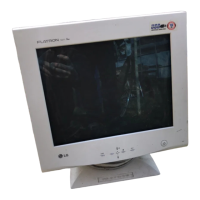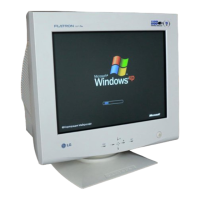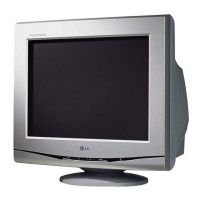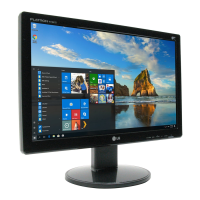Appendix
Congratulations!
Why do we have
environmentally labelled
computers?
What does the
environmenal labelling
involve?
Environmental Labelling of Personal Computers
You have just purchased a TCO’95 approved and labelled product!
Your choice has provided you with a product developed for
professional use. Your purchase has also contributed to reducing the
burden on the environment and to the further development of
environmentally-adapted electronic products.
In many countries, environmental labelling has become an established
method for encouraging the adaptation of goods and services to the
environment. The main problem as far as computers and other
electronic equipment are concerned is that environmentally harmful
substances are used both in the products and during their
manufacture. Since it has not been possible so far for the majority of
electronic equipment to be recycled in a satisfactory way, most of
these potentially damaging substances sooner or later enter Nature.
There are also other characteristics of a computer, such as energy
consumption levels, that are important from both the working and
natural environment viewpoints. Since all types of conventional
electricity generation have a negative effect on the environment
(acidic- and climatic-influencing emissions, radioactive waste, etc.), it is
vital to conserve energy. Electronic equipment in offices consumes as
enormous amount of energy, since it is often routinely left running
continuously.
This product meets the requirements for the TCO’95 scheme, which
provides for international environmental labelling of personal
computers. The labelling scheme was developed as a joint effort by
the TCO (The Swedish Confederation of Professional Employees),
Naturckyddsföreningen (The Swedish Society for Nature
Conservation), and NUTEK (The National Board for Industrial and
Technical Development in Sweden), and SEMKO AB (an international
certification agency).

